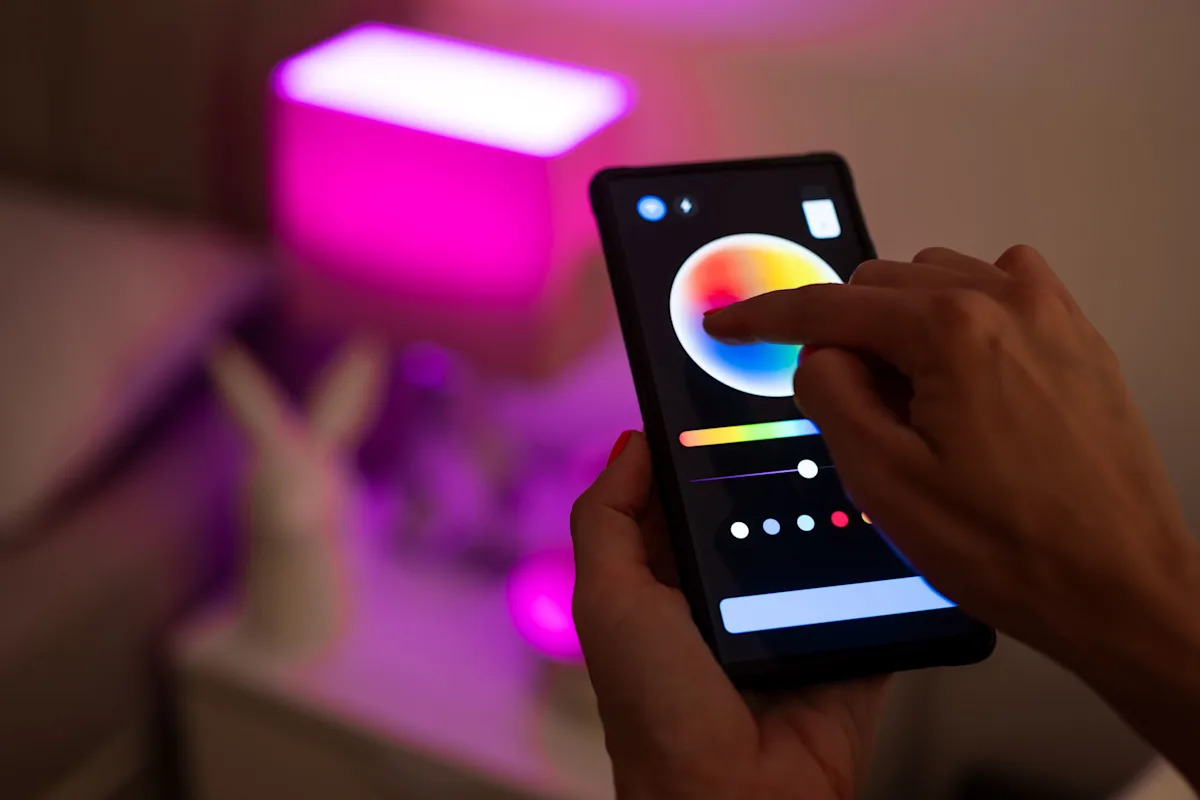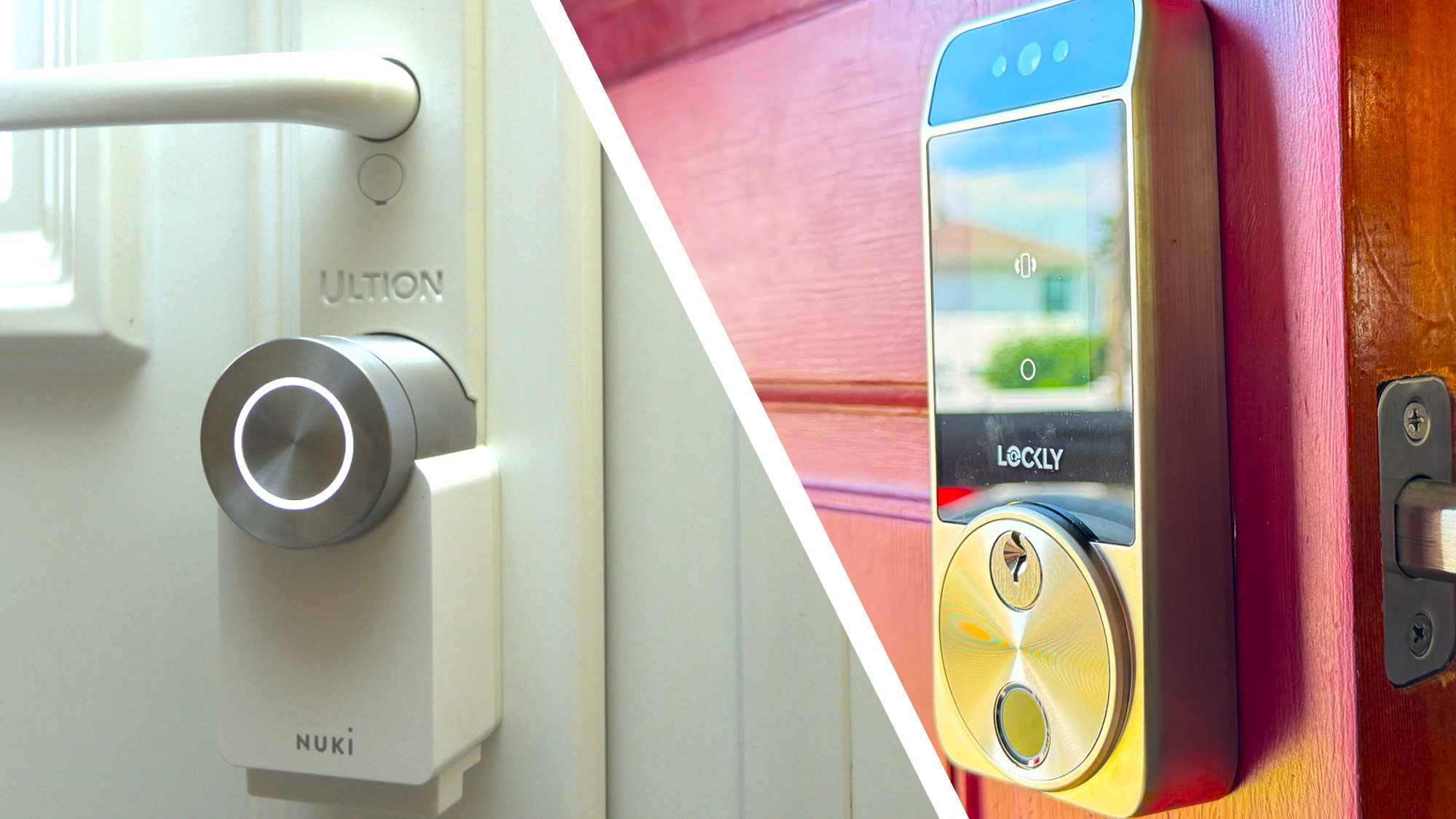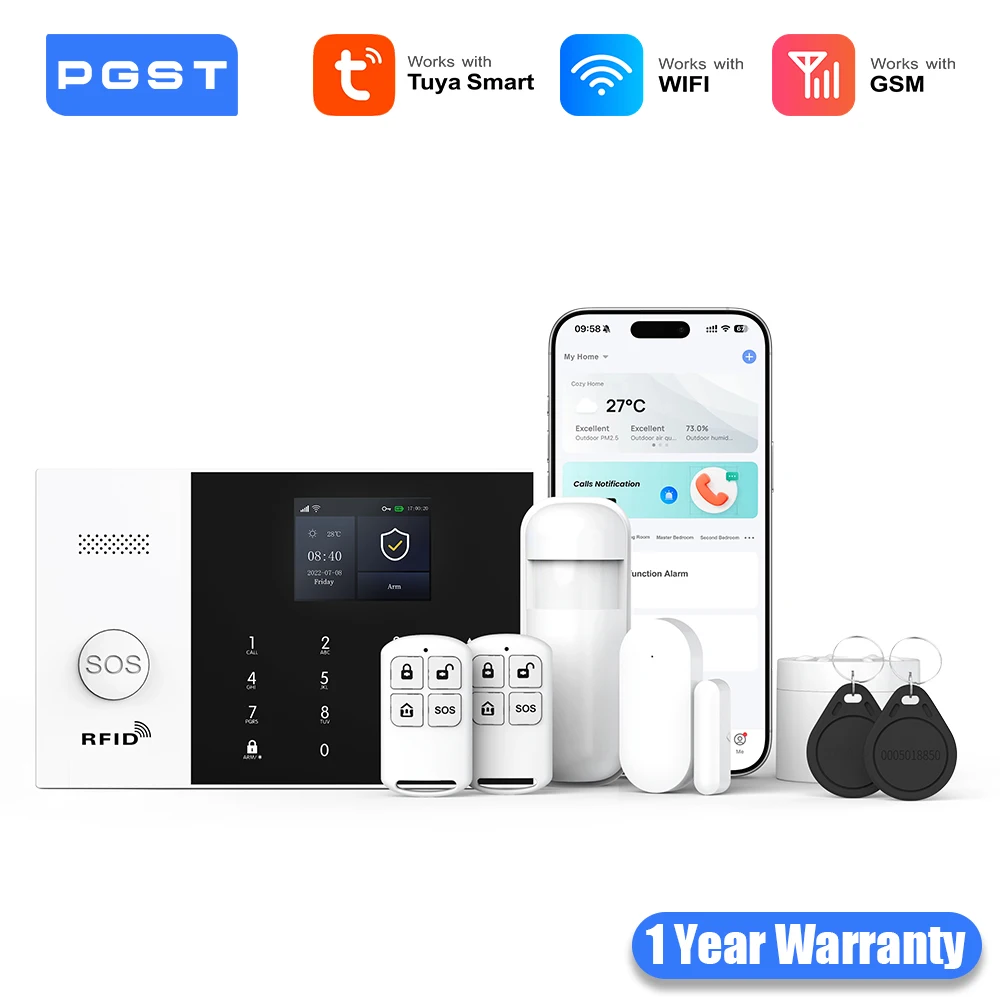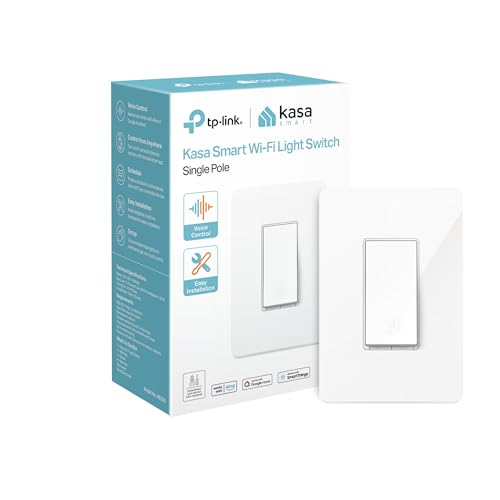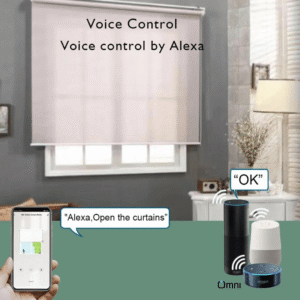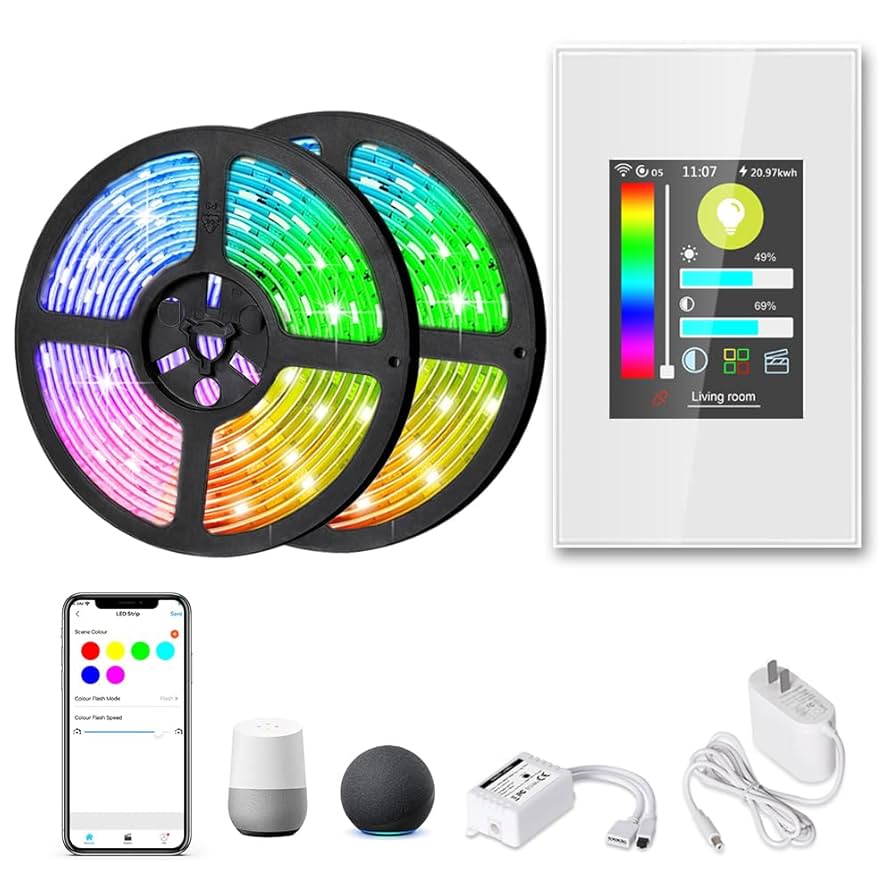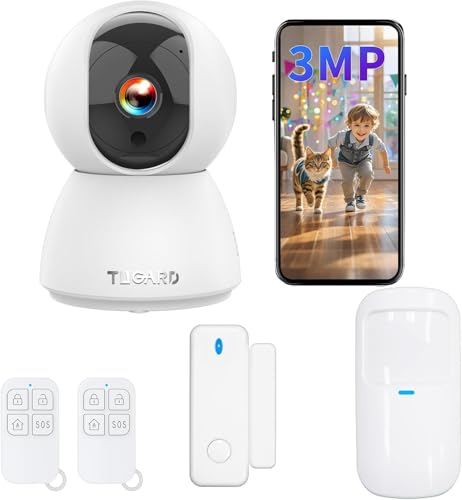Imagine coming home to a soft, welcoming glow that turns on just when you need it. A smart night light routine can make your evenings easier and more relaxing.
You don’t have to buy expensive gadgets or spend hours setting it up. With a few simple steps, you can create a DIY smart night light that fits perfectly into your daily life. Ready to see how this small change can boost your comfort and peace of mind every night?
Keep reading to discover the easy routine you can start today.
Benefits Of Smart Night Lights
Smart night lights add comfort and safety to your home. They work automatically and save energy.
These lights adjust to your needs, making your space feel cozy and secure at night.
Energy Efficiency
Smart night lights use less power than regular bulbs. They turn on only when needed.
Many models have sensors that detect darkness or motion. This helps save electricity.
- Automatic on/off reduces wasted energy
- LED bulbs last longer and use less power
- Settings let you control brightness and timing
Enhanced Safety
Smart night lights improve safety by lighting dark areas. They help prevent trips and falls.
Motion sensors turn the light on when you walk by. This gives you clear vision at night.
- Lights activate only when movement is detected
- Safe pathways for children and elderly
- Automatic lighting in hallways, stairs, and bathrooms
Customizable Ambience
Smart night lights let you choose colors and brightness. You can create a calm or cheerful mood.
Use apps or voice commands to change settings. This makes your space feel just right.
- Adjust colors to match your style
- Set brightness for reading or relaxing
- Schedule lights to fit your daily routine
Choosing The Right Components
Building a DIY smart night light needs the right parts. Picking good components helps your light work well and last long.
Knowing what to choose makes the project easier and the results better. Focus on LEDs, microcontrollers, power, and sensors.
Selecting Suitable Leds
Choose LEDs that give soft and warm light for night use. Bright white LEDs can be too harsh in the dark.
Look for energy-efficient LEDs to save power. Consider size and shape to fit your design.
- Warm white (2700K-3000K) for cozy light
- Low power LEDs to save battery
- Small size for compact designs
- Diffused LEDs for smooth light spread
Microcontroller Options
Microcontrollers control the light and sensors. Pick one with enough pins for your parts.
Some popular choices are easy to use and have a big community for help.
- Arduino Uno: simple and beginner-friendly
- ESP8266: has Wi-Fi for smart features
- Raspberry Pi Pico: powerful and low cost
- ATtiny85: very small for simple tasks
Power Sources And Sensors
Power your night light with batteries or USB. Batteries offer portability, USB gives constant power.
Use sensors to make the light smart. Motion and light sensors help the light turn on only when needed.
- Batteries: AA, AAA, or rechargeable Li-ion
- USB power for plug-in use
- Motion sensors to detect movement
- Light sensors to detect darkness
- Temperature sensors for added features
Setting Up The Hardware
Setting up the hardware for your DIY smart night light is a key step. It involves connecting parts safely and mounting the light properly.
Good hardware setup ensures your night light works well every night. Follow clear steps to avoid mistakes.
Wiring And Assembly Tips
Use wires that fit your device’s power needs. Keep wires short to avoid clutter and reduce resistance.
Label wires before connecting them. This helps you avoid confusion during assembly.
- Strip wire ends cleanly for better contact
- Use a breadboard for testing before soldering
- Secure wires to prevent movement
Mounting Your Night Light
Choose a spot that gives good light coverage without glare. Avoid places near water or heat sources.
Use screws or strong adhesive pads to fix your night light. Make sure it stays steady on the wall or furniture.
- Mount at eye level for best visibility
- Keep the sensor free from obstacles
- Position near a power source or battery pack
Ensuring Safe Connections
Check all connections before powering the device. Loose wires can cause shorts or damage your night light.
Use electrical tape or heat shrink tubing to cover exposed wires. This prevents accidental shocks and corrosion.
- Test connections with a multimeter
- Keep wires away from sharp edges
- Use proper connectors for a secure fit

Credit: www.babysensemonitors.com
Programming Your Night Light
Programming a smart night light lets you control its actions automatically. You can set it to turn on or off based on different conditions.
This guide explains how to write code for a smart night light. It covers basic structure, motion detection, and brightness control.
Basic Code Structure
The basic code has three parts: setup, loop, and functions. Setup runs once to start things. Loop runs again and again to check conditions.
Functions help organize the code. They do tasks like turning the light on or off. Use comments to explain your code.
- Initialize sensors and lights in setup
- Check sensor data in loop
- Call functions to control the light
- Keep code simple and clear
Incorporating Motion Detection
Motion sensors detect movement near your night light. Use these sensors to switch the light on when someone moves close.
The code reads the sensor’s signal. If it detects motion, it turns on the light for a set time. If no motion is found, the light turns off.
- Connect a PIR motion sensor to your device
- Read sensor value in each loop cycle
- Turn light on when motion is detected
- Turn light off after no motion for a delay
Adjusting Brightness And Timing
Control brightness using PWM (Pulse Width Modulation). It lets you set light strength from dim to bright. Timing controls how long the light stays on.
Set brightness levels based on time of night or room conditions. Adjust the delay time to save energy and extend the light’s life.
- Use PWM pins for brightness control
- Define brightness levels in the code
- Set timers to turn light off automatically
- Change settings to match your needs
Creating Your Evening Routine
Setting up a smart night light can make your evenings calm and stress-free. A good routine helps you relax and prepare for sleep.
Using a DIY smart night light lets you control when and how the light turns on. This guide explains how to create an easy evening routine.
Automating Light Activation
Automating your night light means it turns on or off without needing to touch a switch. This saves energy and fits your schedule.
Use sensors or timers to control the light. A motion sensor can turn the light on when you walk by. A light sensor can activate the light when it gets dark.
- Motion sensors detect movement at night
- Light sensors respond to changes in brightness
- Manual override lets you control the light anytime
Integrating With Smart Home Systems
Connect your night light to your smart home system for easier control. Many systems support voice commands and smartphone apps.
Integration allows you to link the night light with other devices. For example, the light can turn on when your smart door opens or your phone connects to Wi-Fi.
- Use apps to adjust light settings remotely
- Control lights with voice assistants like Alexa or Google
- Link lights with other smart devices for better automation
Scheduling And Custom Triggers
Set a schedule to turn your night light on and off at certain times. This keeps your routine consistent and saves power.
You can also create custom triggers based on your daily habits. For example, the light can turn on when you start reading or dim slowly as bedtime nears.
- Schedule lights to turn on at sunset
- Set lights to dim gradually before sleep
- Create triggers based on phone or activity sensors

Credit: www.amazon.co.uk
Troubleshooting Common Issues
DIY smart night lights can sometimes stop working as expected. This guide helps you fix common problems fast.
Checking each part carefully can save time and keep your light working well every night.
Connectivity Problems
Smart night lights often rely on Wi-Fi or Bluetooth to work. Connection issues are common and may cause your light to stop responding.
Check if your phone or smart device is connected to the same network as your light. Restart your router if needed.
- Move the light closer to the router to improve signal strength.
- Turn off other devices that may cause interference.
- Update the app and device firmware regularly.
- Reset the connection and try pairing again.
Sensor Malfunctions
Motion or light sensors control when the night light turns on. Sometimes sensors stop detecting properly or trigger at wrong times.
Clean the sensor gently with a soft cloth to remove dust. Avoid bright lights near the sensor during testing.
- Test the sensor by moving your hand close to it.
- Adjust sensor sensitivity in the app settings.
- Place the light away from direct sunlight or lamps.
- Replace the sensor if it is damaged or unresponsive.
Power Supply Challenges
Power problems can cause the night light to flicker or not turn on. Check batteries or power cords first.
Use fresh batteries or a reliable power source. Loose connections may also stop the light from working.
- Ensure batteries are inserted correctly with the right polarity.
- Replace old or weak batteries with new ones.
- Check power cables for damage or loose plugs.
- Try a different power outlet or charger.
Enhancing Your Night Light
A smart night light adds comfort and safety to your home at night. You can make it better with simple upgrades.
Try new ideas to change how your night light works and looks. This can improve your home’s atmosphere.
Adding Color Effects
Changing the color of your night light makes it more fun and useful. Soft colors help you relax before sleep.
Use color-changing bulbs or LED strips to create different moods. You can choose warm or cool colors easily.
- Pick colors like blue or purple for calmness
- Use red or orange to avoid waking up fully
- Set colors based on the time of night
- Use gentle fades between colors
Voice Control Integration
Voice control lets you turn your night light on or off hands-free. This is useful when you are busy or sleepy.
Connect your night light to a smart assistant like Alexa or Google Assistant. Then use simple commands to control it.
- Say “turn on night light” to start it
- Change colors by voice
- Set timers with voice commands
- Control brightness without touching switches
Expanding To Other Rooms
You can add smart night lights to other rooms. This keeps your whole home safe and cozy at night.
Use the same setup or customize colors and schedules for each room. This helps everyone in the house.
- Install night lights in hallways for safe walking
- Add lights in bathrooms to avoid bright lights
- Use different colors in kids’ rooms
- Control all lights from one app or voice system

Credit: simplehomecinema.com
Frequently Asked Questions
What Is A Diy Smart Night Light Routine?
A DIY smart night light routine involves automating your night light. It can be customized to fit your preferences. You can use smart bulbs and sensors to schedule lights based on time or motion. This enhances convenience and energy efficiency in your home.
How Do I Set Up A Smart Night Light?
Start by choosing smart bulbs compatible with your home system. Connect them to a smart hub or app. Set schedules or triggers for when you want the light to turn on or off. Customize settings for brightness and color, if applicable, for the best results.
Which Smart Bulbs Are Best For Night Lights?
Choose smart bulbs with adjustable brightness and color options. Brands like Philips Hue, LIFX, and Wyze offer excellent options. Ensure compatibility with your home smart system. These features allow you to customize your night light routine effectively, enhancing comfort and efficiency.
Can I Automate My Night Light Routine?
Yes, you can automate your night light routine using smart technology. Use apps or smart home systems to set schedules. You can trigger lights based on time, motion, or other smart device interactions. Automation enhances convenience and energy savings, making your routine seamless.
Conclusion
Creating a smart night light routine adds comfort and safety at night. It helps you wake up gently and sleep better. Simple steps make your routine easy to follow and adjust. You can control the light with your phone or voice.
This small change can improve your daily life quietly. Try it tonight and enjoy the calm and convenience. Smart lighting fits any home and lifestyle. Start with what feels right for you. Bright nights, peaceful rest.
21 min read

